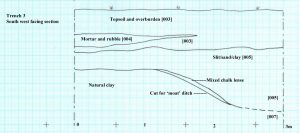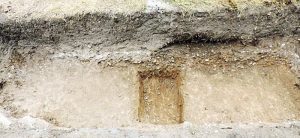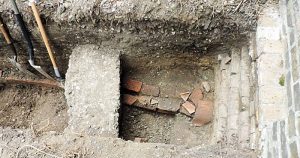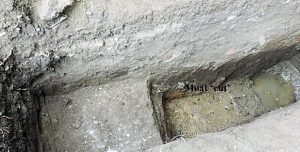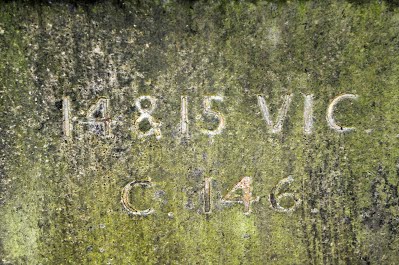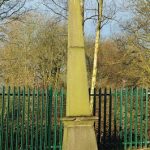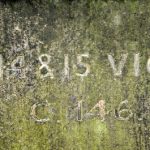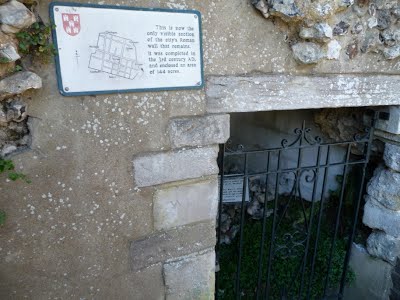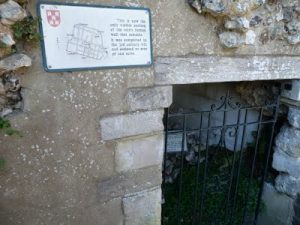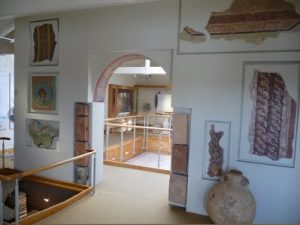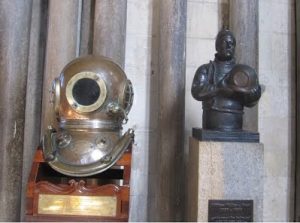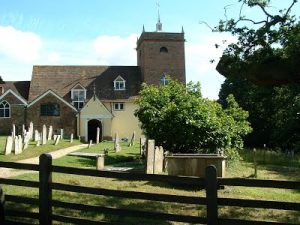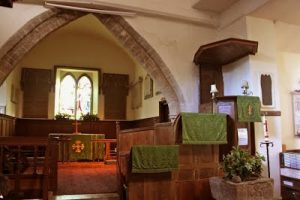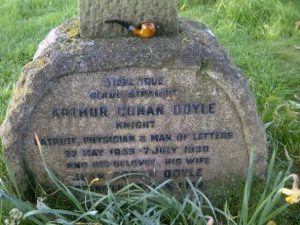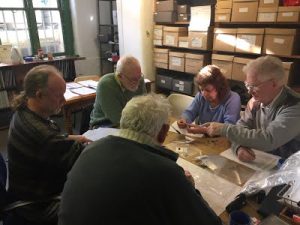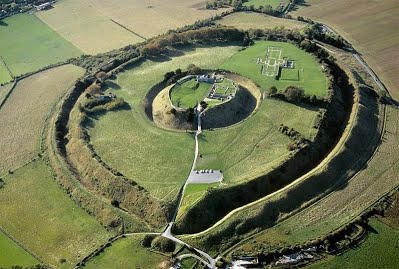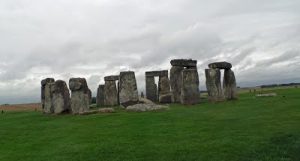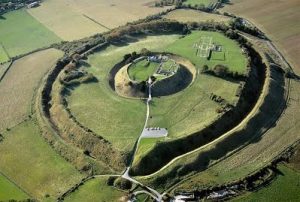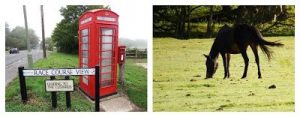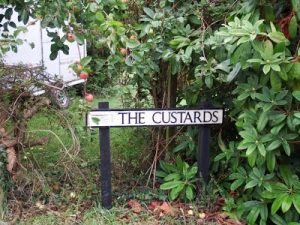No. 547 OCTOBER 2016 Edited by Vicki Baldwin
HADAS DIARY
Lectures start at 7.45 for 8.00pm in the Drawing Room, Avenue House, 17 East End Road, Finchley
N3 3QE. Buses 82, 143, 326 & 460 pass close by, and it is five to ten minutes’ walk from Finchley Central Station (Northern Line). Tea/coffee and biscuits follow the talk.
Tuesday 11th October 2016: Women in Medieval London by Professor Caroline Barron
Tuesday 8th November 2016: The Cheapside Hoard by Hazel Forsyth
Tuesday 10th January 2017: My Uncle, the Battle of Britain, VC by James Nicolson
Tuesday 14th February 2017: London Ceramics at time of the Great Fire by Jacqui Pearce
Tuesday 14th March 2017: Bugging the Nazis in WW2: Trent Park’s Secret History. by Helen Fry
Tuesday 11th April 2017: to be confirmed
Tuesday 9th May 2017: to be confirmed
Tuesday 13th June 2017: ANNUAL GENERAL MEETING
Tuesday 10th October 2017: The Curtain Playhouse excavations by Heather Knight MOLA
Tuesday 14th November 2017: The Battle of Barnet Project by Sam Wilson
New Tours of the WCEC at the British Museum. Audrey Hooson
The British Museum has now started offering free tours of the World Conservation and Exhibition Centre to the public. They are on the last Tuesday of each month in the afternoon with four 80 minute sessions available and need to be booked in advance.
A different department will be featured each month:- 25th October – Western Art on Paper
29th November – Eastern Art on Paper and Silk (Hirayama Studio)
13th December – Ceramics, Glass and Metals. I have done this tour and it is very interesting.
For more information see the Events calendar on the BM web site. To book email volunteers@britishmuseum.org.
Hendon Open Day Don Cooper
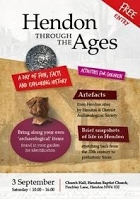 HADAS was very well represented at the Hendon Open Day that took place at the Hendon Baptist Church in Finchley Lane/First Avenue. The event took place on 3rd September 2016.
HADAS was very well represented at the Hendon Open Day that took place at the Hendon Baptist Church in Finchley Lane/First Avenue. The event took place on 3rd September 2016.
The event was instigated by Pastor Errol Jacobs in discussion with Jacqui Pearce, a pottery specialist, from the Museum of London Archaeology. HADAS were asked to participate. The format of the day was short presentations of the history of Hendon through the ages, illustrated by slides and photos of old postcards. Each presentation was about twenty minutes long Jacqui Pearce gave almost all of the presentation and there were individual presentations one each by Vicki Baldwin and Don Cooper.
HADAS set up tables with artefacts from the various digs in Hendon done by HADAS members as well as finds from excavations in the London Borough of Barnet, notably the Moxon collection from the Brockley Hill Roman pottery. We also displayed some of our books and publications.
Memories, the shop at 130-132 Brent Street, also displayed old photos, postcards and maps from their collection.
Refreshments were provided by the Church. There were tours of the Church by Mike who told us all about the fascinating history of the Hendon Baptist Church which was built in the 1880s.
Whilst it would have been good if more visitors had come along to this excellent event, those who came thoroughly enjoyed it. Thanks go to Rev Errol Jacobs for the use of the hall, Jacqui Pearce for her organisation and excellent presentations, to “Memories” for the loan of their collections of photos etc. and also to the HADAS crew led by Bill Bass who put it all together.
Hendon Baptist Church Peter Pickering
The day was held in Hendon Baptist Church Hall, which is the basement of the church; there are pillars which run through the basement and church up to the roof. Mike told us something of the history of the Baptist denomination in Hendon, and the building of the church, and took a tour round it. It is an aisled cruciform building erected in 1883; it was designed by J. E. Sears in an individualistic version of 13th-century Gothic. Mr Sears was a qualified architect member of the congregation, and had an interesting career as a politician; he was a Progressive member of the London County Council, and from 1906 to 1910 Liberal Member of Parliament for Cheltenham. But I have not been able to find any more buildings that he designed.
The church is obviously well-used and cared-for, and did not seem to have suffered from the re-orderings that can obscure original features; the roof was particularly fine. To those of us more used to Anglican churches there were strange as well as familiar features. No pictorial glass in the windows, for instance. Baptists practise baptism of adults, by total immersion, and at what I thought of as the east end, besides a pulpit and a communion table there is a trough in which baptisms take place. (Unfortunately, it was covered over when we were there, but the trapdoor above it is to be seen.) The organ has pride of place, and we were shown the pumping handle by which it used to be powered (and still can be if the electricity fails). The church is on a sloping and elevated site; there is a lift so that the less agile do not have to climb the many steps.
Remembering 1916 – in South Croydon Stewart Wild
I recently visited an excellent World War I exhibition at a school in South Croydon, just off the Brighton Road. It was due to end on 31 August, but due to its success it has been extended well into next year, in fact to 16 April 2017.
The exhibition is located in a hall in the grounds of Whitgift School and is the brainchild of headmaster Dr Christopher Barnett, who gained his doctorate in history among the dreaming spires of Oxford. It took him and his team of trustees, staff and pupils three years to gather a remarkable collection of WWI artefacts from a number of museums and private collections, and to build the exhibition panels and displays on the school premises.
The results are spectacular. All the might and wealth of the Imperial War Museum could not have done better. And to cap it all, they have created a splendid and authentic Edwardian cafe for visitors to relax in, complete with period decoration and furniture.
It took me nearly three hours to see it all, after which I was in need of an Edwardian sandwich and cup of tea. You begin with displays of 1914 recruiting posters and enlistment, after which the accent is firmly on 1916, the year of the terrible carnage on the Somme, the Battle of Jutland, the death of Lord Kitchener and the appalling loss of life at Gallipoli and Verdun.
It was also the year of the Zeppelin airships, the first aerial bombardment of London, and the heroism of Lt William Leefe Robinson, who won the V.C. for being the first to shoot one down.
The exhibition is not in any way triumphalist, and Dr Barnett has gone to great lengths to include French and German voices too, using excerpts from letters, diaries and memoirs. Throughout you are reminded that this is a giant history lesson too.
The team has built several realistic dioramas, not only of front-line tunnels and trenches, but also of an Edwardian parlour on the home front as a reminder of the awful unwanted telegrams that were delivered to grieving households all over the country.
One especially interesting item I found was a postcard from somewhere in France addressed to Mrs W R Wilkes, 21 Highwood Avenue, North Finchley, London N. Dated 19.4.16, the message began “Dear Ma and Pa” and complained mainly about the weather. Unfortunately their son’s name was not legible.
Among the displays of guns, grenades, bayonets, knives and even a knuckleduster, there’s also a range of things the poor Tommies treasured most: soap, foot powder, tobacco and letters from home.
A century-old Sunbeam bicycle and a Triumph motorcycle can be examined in detail. Bruce Bairnsfather’s books and renowned ‘Old Bill’ cartoons bring a touch of light relief.
There are two flags from the Battle of Jutland, an ensign from the British light cruiser Southampton and one from the German battleship Von der Tann. In contrast is an unpublished diary account of what happened as the battle began on 30 May 1916 by a crew member of HMS Inconstant, presumably written with Stephens’ famous blue-black writing fluid since the handwriting hasn’t faded.
The summer of 1916 was also when the Royal Flying Corps first crossed swords with German flying ace Manfred von Richthofen, the ‘Red Baron’. The exhibition features a lot about this legendary character since his first victim, in September 1916, was an Old Whitgiftian named Lionel Morris.
By an extraordinary quirk of fate, it was also an Old Whitgiftian who performed the autopsy on the Red Baron when he was finally shot down over Amiens two years later. Imaginative displays tell the whole story.
The exhibition is open daily, 10am to 5pm and there is free parking on site. Alternatively, the Whitgift Exhibition Centre is ten minutes’ easy walk from South Croydon station.
Further information: www.remembering1916.co.uk
Glasshouses Vicki Baldwin
During a recent visit to Heligan in Cornwall I was struck by the variety of structures that fall under the description ‘glasshouse’ and how they were adapted to fit situation and purpose. There were coldframes, lean-tos, full height, half-height, the ‘pineapple pit’ utilising horse manure to produce heat, and portable single plant covers. They were built into corners and against south-facing walls to maximise warmth. Access was by door, sliding panel, hinged window or, in the case of the very small examples, removable top.
These glasshouses not only enabled the gardeners to produced food all year round, but also allowed for experimentation and the growing of more exotic species such as melons (each hanging in its own net for support) and the highly desirable pineapple. In addition, the Flower Garden has the Orchid House and “possibly the last remaining Paxton House in Britain” (Heligan Centenary Guide Book, updated 2016). Apart from the small, portable example, all these structures are supported on low, brick walls to raise the wooden parts above the ground. In many cases “beaver tail” glazing was used to divert rainwater away from the vulnerable wooden frames. This is visible in the pictures below.
As mentioned, the heat produced by decomposing horse manure was one method of regulating optimum growing conditions. Later, coal fired boilers were installed in the houses, and keeping them stoked become an additional task. The boilers varied in shape and size, and a Horseshoe Boiler can be seen behind the Melon House.
All very interesting, but what is the relevance? Well, the area we have excavated in the grounds of Avenue House in 2014 and 2015 is shown as glasshouses on a map of 1894-1896. In addition, a visitor to the house mentions passing the glasshouses on the drive. Until I visited Heligan, I had not fully realised the possible diversity of the structures we were investigating. We know that there was an extensive water management system in the grounds of Avenue House, indeed we discovered a large cistern below the structure we were excavating in 2015. However, although we can uncover the footprint of the glasshouses, without any photographs or pictures we can only guess at the form of the superstructure.
1.’Lean-to’; 2. Beavertail glazing; 3 & 4. Various low frames; 5. Portable structure with removable top; 6. Banana House.
National Library of Scotland – A mapping resource for HADAS
Roger Chapman
You might not think that the National Library of Scotland would be a good place to look for mapping resources for Barnet but currently I know of no better for historical map research of our area. The National Library of Scotland has over 150,000 high resolution historic map images. Naturally the focus is on Scotland but the collection includes detailed Ordnance Survey map series of England and Wales. It is also a collection that is growing and is worthwhile going back to from time to time. One of the features that I particularly like about this collection is the ability it gives to look at historical maps superimposed on to modern satellite photographs or mapping.
This article aims to explain how to go about this in a simple and straightforward manner. It will certainly give you hours of enjoyment on wet winter days looking at the changes that have taken place over the past 100 – 150 years in our local area – or indeed anywhere else in the UK that may interest you.
Google “National Library of Scotland” and follow the link or type www.maps.nls.uk into your web browser.
You should then be looking at the screen below.
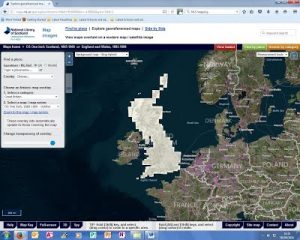 Step Two:
Step Two:
At the bottom of the page, adjacent to “Other links” you will see a light blue box entitled “Georeferenced overlays”. Click on this and you will be taken to the page below.
Step Three:
In the light blue box to the top left of the screen type the place you are looking to find in the box that says “Type a place-name” In the example below I typed “Finchley “ which the programme decided should be changed to “London UK” but it worked and took me to the Finchley area. That is often enough but you can also select the county if you wish. Oddly the Parish drop down box doesn’t include Finchley or Hendon at the moment.
You also need to “choose an historic map overlay” from the light blue box above. In 1. Select a category. I chose “England and Wales” from the drop box by clicking the arrow on the right hand side. In 2. “Select a map/map series” I chose “OS 25 inch 1890’2-1920’s [Note that the coverage for historic map layers may not yet be complete so some overlays may not be available at the moment.]
The area that you have chosen and the historic map layer should now show up as in the image below.
Step Five:
At the bottom of the box headed “Find a place” is a blue button under the heading “Change transparency of overlay” Toggle this to the left and the historic map begins to be shown against a modern satellite photograph. You can use this to increase or decrease the transparency of the overlay/satellite map. See next image below.
Step Six:
Near the top of the map is a white horizontal box with the text “Background map – Bing hybrid” This is the Background map which shows above. Use the dropdown box to find other options for background maps and see which one works for you.
Other things to do:
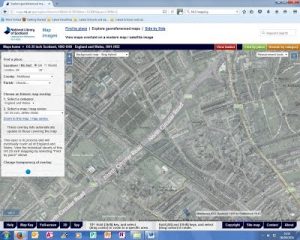 There are many other options to play around with. Use the + and – buttons near the top of the page to zoom in to areas you wish to examine in detail. The slider symbol under the + and – signs performs the same function.
There are many other options to play around with. Use the + and – buttons near the top of the page to zoom in to areas you wish to examine in detail. The slider symbol under the + and – signs performs the same function.
You can also use the measurement tool box (towards the top right hand side of the screen) to measure the distance between two objects or to measure areas of buildings, fields or whatever takes your fancy.
There is plenty of scope and a lot of fun to be had with this amazing online resource. Currently I am using it to identify old demolished buildings in Finchley and finding out if they are on publicly accessible sites for future possible HADAS excavations. It is also incredibly useful to look at sites where planning applications are being proposed to see what, if anything, existed on the site beforehand.
***PLEASE NOTE***
‘Hertfordshire at War’ Annual Symposium
Saturday 12th November: 10.00am – 4.30pm, Herts Association for Local History, Ewen Hall, Wood Street, Barnet EN5 4BW
Full details and cost in ‘Other Societies Events’ section below
Other Societies’ Events Eric Morgan
Tuesday 4th October: 3pm, Finchley Society. 5 Graywood Court, N12.
Joseph Grimaldi Blue Plaque & Information Panel Unveiling Ceremony. Griff Rhys Jones, will unveil the plaque. The information panel, designed by Peter Marsh (Hadas Member), will also be unveiled in the grounds of Finchley Memorial Hospital. Griff is President of Civic Voice.
Monday 10th October: 2.30 for 3.00pm, Barnet & Local History Society, Church House, Wood St, Barnet, (opposite museum). The development of The English Country House: medieval to 20thC. Talk by Pamela Wright. Visitors £2. Also Wednesday 23rd November, 8pm, AGM.
Saturday 22nd October: 9.45am – 4.30pm, Enfield Society, Jubilee Hall, 2 Parsonage
Lane/junction Chase Side, Enfield EN2 0AJ. Day Conference – The changing face of Local History
– Edmonton Hundred History Society 80th Anniversary. For more details please visit www.edmontonhundred.org.uk
Thursday 27th October: 8.00pm, Finchley Society, Drawing Room, Avenue House, East End Road N3 3QE. Air Pollution & Victoria Park. These are 2 topics for the discussion meeting mentioned in the HADAS Sept Newsletter. The Air Pollution Survey of North London results will be given by Chris Church. The Victoria Park Projects update will be given by someone from Barnet Council. Visitors £2. Also Thursday 24th November 8pm Footsteps of the Famous. Jean Scott Memorial Lecture by Paul Baker.
Thursday 27th October: 7.30pm, Camden History Society, Burgh House, New End Square, NW3
1LT. ‘When Sigismund Came to Dine’, Prof Lester Hillman on an event that occurred 600 years ago in Kentish Town with William Bruges 1st Garter King of Arms. Sigismund became Holy Roman Emperor (1433-7).
Monday 31st October: 5.30pm, LAMAS. Spooky tour of Spitalfields Medieval Charnel House. Led by Jane Sidell (Inspector of Ancient Monuments) including a short talk. Meet outside Ca Restaurant,
corner of Spital Square, EC2. Non-members £5 on the night, book by email
Jane.Sidell@btinternet.com or write to Jane Sidell, 113, Lion Lane, Haslemere, Surrey.
Tuesday 1st November: 7.30pm, Enfield Society, Jubilee Hall, 2 Parsonage Lane/junction Chase Side, Enfield EN2 0AJ. Presenting Enfield – A Spoon Full of Sugar, talk by Joe Studman on the development of the of the health service in Enfield from folk remedies to North Middlx Hospital.
Wednesday 2nd November: 6pm, Gresham College at The Museum of London, 150 London Wall EC2Y 5HN. Saving the Twentieth Century. Talk by Dr Simon Thurley, free, on most threatened buildings in Britain built in the 20thC.
Thursday 3rd November: 8.00pm, Pinner Local History Society, Village Hall, Chapel Lane Car
Park, Pinner. Elspeth McClelland and Pinner’s Suffragettes, talk by Thamar Maltver.
Visitors £3. Also Thursday 6th Oct, 8pm, Elizabeth Rogers of Eastcote House: An 18thC Lady of Property, talk by Eileen Bowlt (LAMAS).
Saturday 5th November: 10.30am – 4.30pm, G. A Festival of Geology, UCL, Gower Street, WC1E
6BT. Displays by Geologists’ Association Members and Affiliated Societies (Amateur Geological Society will have a stand there). Sales of fossils & minerals, books, maps and geological equipment, amateur photographic competition, geological talks & walks, free entrance.
Wednesday 9th November: 2.30pm: Mill Hill Historical Society, Trinity Church, The Broadway, NW7. Daily life in Verulamium, talk by David Thorold.
Wednesday 9th November: 7.45pm, Hornsey Historical Society, Union Church Hall, Corner of Ferme Park Rd/Weston Park, N8 7PX. Darling Daisy, talk by Dr Neil Houghton. Visitors £2, refreshments, sales and info from 7.30pm. Also Wednesday 12th October, 7.45pm, The Great Fire of London, talk by Marianne Zieran.
Friday 11th November: 7.45pm, Enfield Archaeological Society, Jubilee Hall, 2 Parsonage
Lane/junction Chase Side, Enfield EN2 0AJ. Roman Pottery Making in Highgate Wood Archaeology & Experiment. Presidential Address given by Harvey Sheldon (also HADAS President). Visitors £1, refreshments, sales and info from 7.30pm.
Saturday 12th November: 10.00am – 4.30pm, Herts Association for Local History, Ewen Hall, Wood
Street, Barnet EN5 4BW. ‘Hertfordshire at War’ Annual Symposium, including The Battle of
Barnet Project, The Second Battle of St Albans, How the Civil War Affected Herts 1642-1652, The
Home Front During WWI, Salisbury Hall & The De Haviland Aircraft Co. Tickets non-members £15 (£12 HALH members). Hot lunch available if booked in advance, £10. To order tickets please visit www.stalbanshistory.org. For further details see www.halh.org.uk or contact Ruth Jeavons, 44, Necton Road, Wheathampstead, Al4 8AU. Tel 01582 629516.
Saturday 12th November: Enfield Society, Dugdale Centre, Enfield Museum, 39 London Road, Enfield EN2 6DS. ‘Enfield The Time of Change’ Day Conference on Enfield in the last century, including talks on the history of Enfield by Monica Smith, Enfield in WWI by Ian Jones (including a walk around Enfield Town looking at buildings the society has helped to save over the past 80 years led by Joe Studman and Dave Cockle. Also other activities in the museum. Cost (to include lunch, coffee & tea) is £15. To book a ticket please send name & telephone no. & include a SAE and cheque payable to The Enfield Society to Conference, Jubilee Hall, 2 Parsonage Lane/junction Chase Side, Enfield EN2 0AJ. Or try to book at www.enfieldsociety.org.uk/conference by card or PayPal.
Wednesday 16th November: 2.30pm, Edmonton Hundred History Society, Jubilee Hall, 2 Parsonage Lane/junction Chase Side, Enfield EN2 0AJ. Another Kind of Life: Dickens and the Theatre, talk by Dr. Tony Williams, visitors £1.
Thursday 17th November: 7.30pm, Camden History Society, Camden Local Studies and Archive Centre, 2nd Floor, Holborn Library, 32 Theobalds Road. Filmed in Camden, talk by Danny Nissim, visitors £1.
Friday 18th November: 7 pm, Fri 21st Jan: 7.30pm, CoLAS, St Olave’s Parish Hall, Mark Lane, EC3. Discoveries at Happisburgh, talk by Dr Nick Ashton.
Saturday 19th November: 10.30am – 6pm, Weston Theatre Museum of London, 150 London Wall,
EC2Y 5HN. LAMAS Local History Conference: ‘Walking Through London’s History’. Tickets £12.50 before 31st October or £15 from 1st November. Include a SAE and cheque payable to LAMAS or PayPal via www.lamas.org.uk/conferences/local-history.
Wednesday 23rd November: 7.45pm, Friern Barnet & District Local History Society, North Middlx
Golf Club, The Manor House, Friern Barnet Lane, N20 0NL. ‘Upstairs at the Gatehouse – Highgate’s Theatre’, talk by John Plews, visitors £2.
Saturday 26th November: 10.00am – 3pm, Trinity Church, 15 Nether Street, N12 7NN. Amateur Geological Society’s Mineral, Gem and Fossil Show. Including rocks, books, crystals, gemstones and jewellery. Refreshments, admission £2, please note new time and venue.

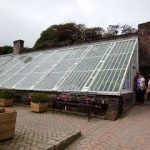

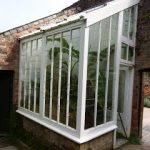
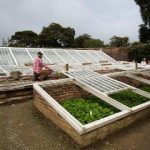
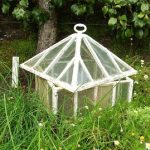
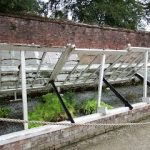
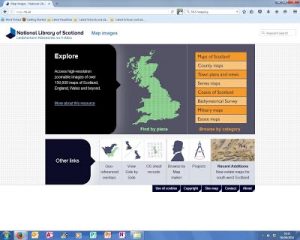
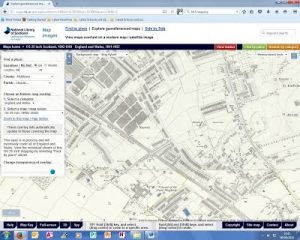
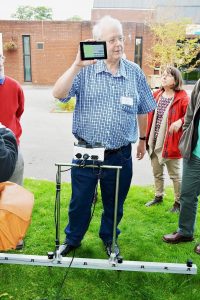
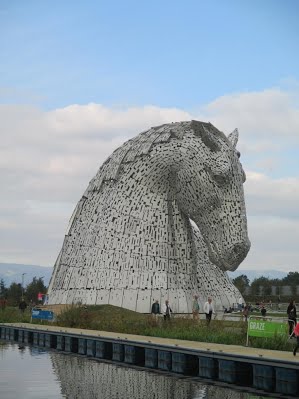
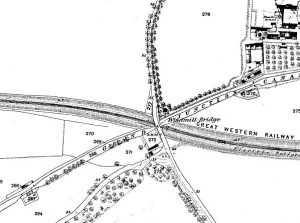
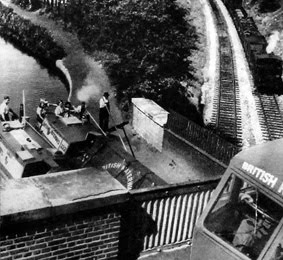
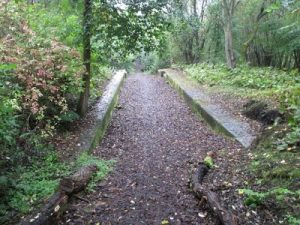
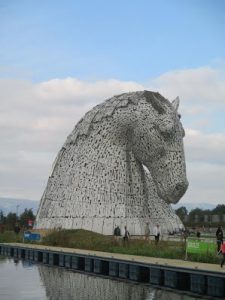
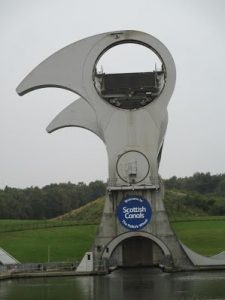
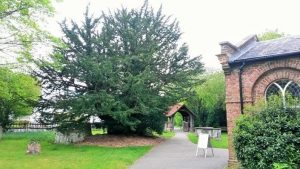
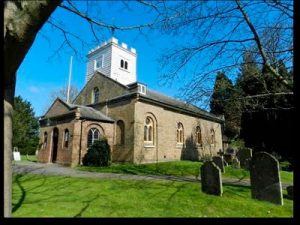
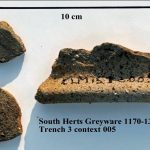
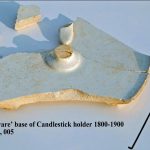
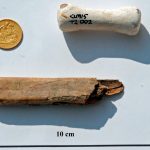


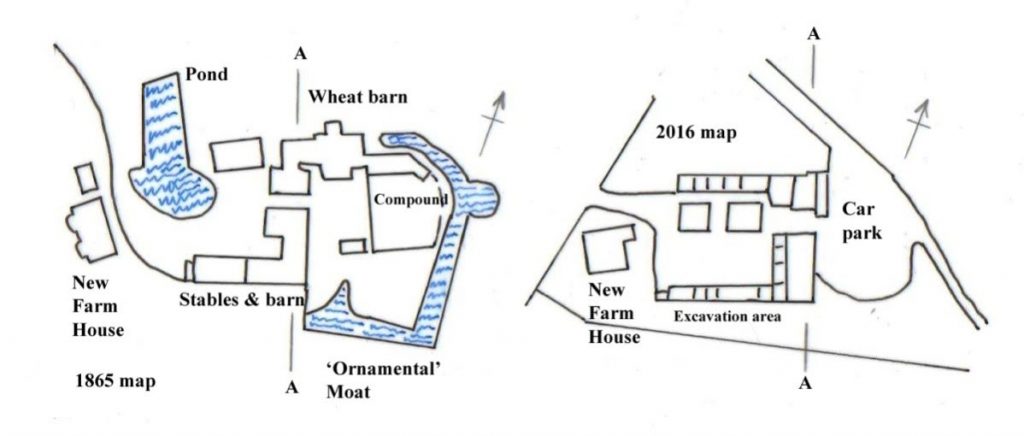
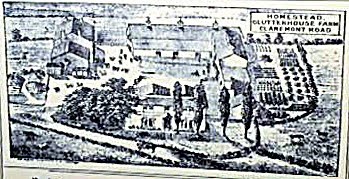
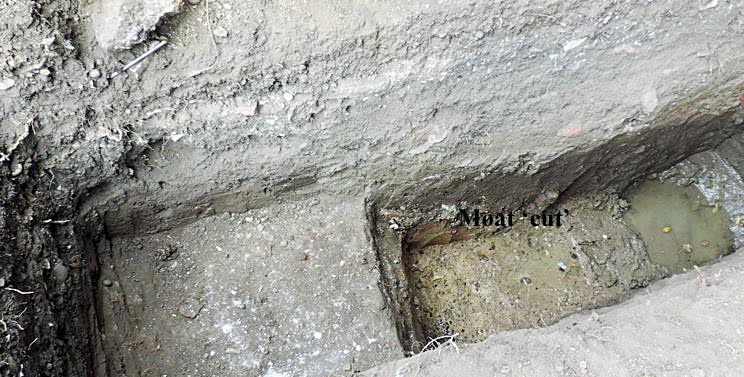
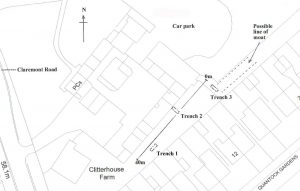

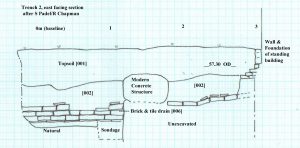 Finds from [001] This context included a mixed pottery collection of Post-medieval Redwares (PMR), and more modern whitewares and Transfer-printed wares (TPW) and others. Pottery from [003] contained a variety of fabrics including Tin-glazed Ware A (TPWA), Border Wares (BORD), Post-medieval Redwares, Frechen and Raeren Stonewares.
Finds from [001] This context included a mixed pottery collection of Post-medieval Redwares (PMR), and more modern whitewares and Transfer-printed wares (TPW) and others. Pottery from [003] contained a variety of fabrics including Tin-glazed Ware A (TPWA), Border Wares (BORD), Post-medieval Redwares, Frechen and Raeren Stonewares.